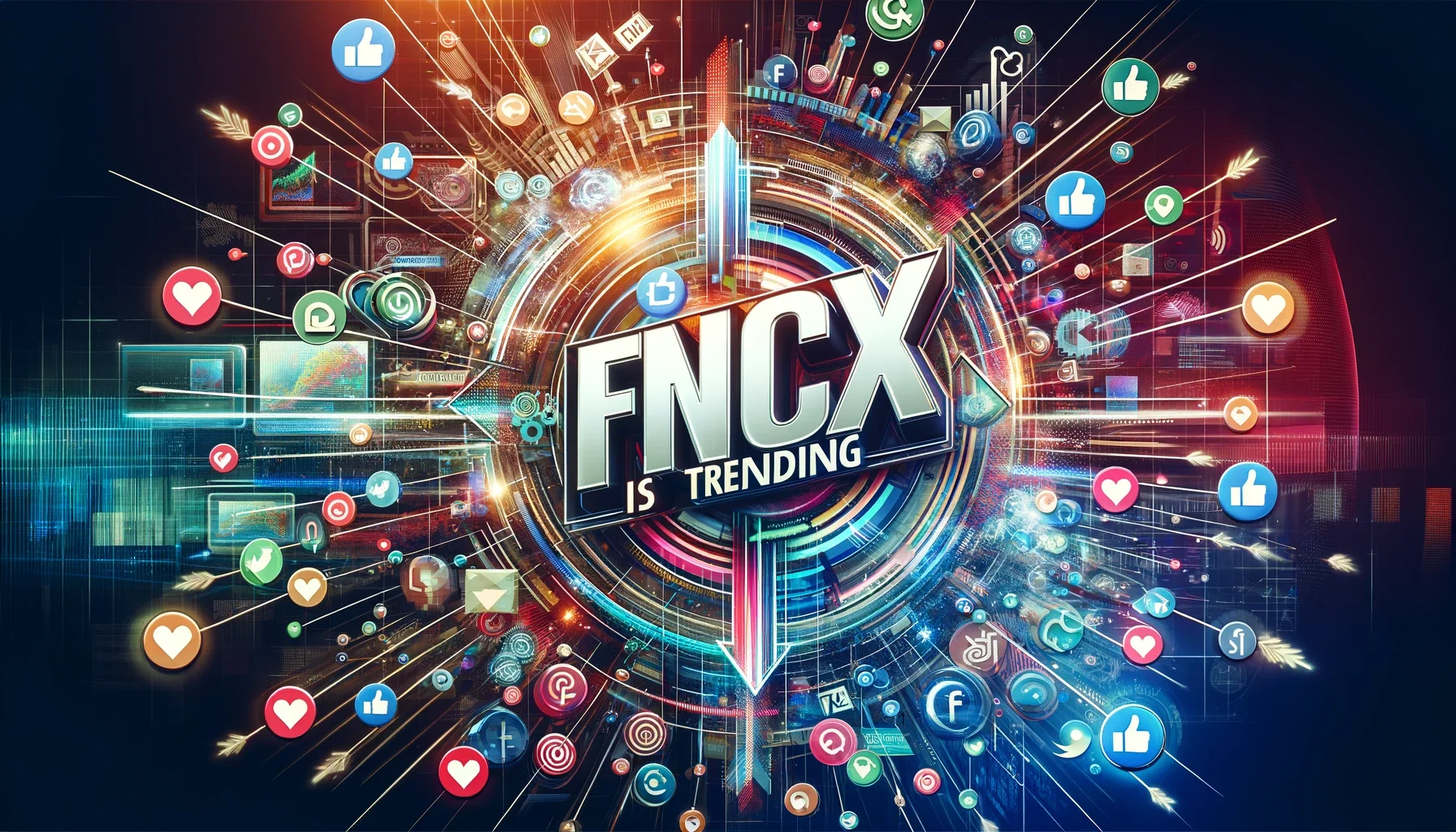Introduction
The NASDAQ, short for the National Association of Securities Dealers Automated Quotations, is one of the world’s largest and most renowned stock exchanges. Established in 1971, it has grown to become a symbol of technological innovation, housing some of the most prominent tech and biotech companies globally. In this comprehensive article, we will delve into the history, structure, and recent trends of the NASDAQ, exploring how it has evolved into a powerhouse of the financial world.
Table of Contents:
- The Birth of NASDAQ
- Inception and Founding
- Electronic Trading Revolution
- NASDAQ vs. NYSE: Key Differences
- Listing Requirements
- Market Makers vs. Specialists
- Trading Hours
- NASDAQ Composite Index
- Composition
- Historical Performance
- Technology Giants on NASDAQ
- Big Names: Apple, Amazon, Google, Microsoft
- Impact on the Index
- Biotech Boom and NASDAQ Biotechnology Index
- Biotech’s Rise
- Notable Biotech Companies
- Recent Trends in NASDAQ
- Pandemic Resilience
- SPAC Mania
- Cryptocurrencies on NASDAQ
- Challenges and Controversies
- High-Frequency Trading
- Regulatory Concerns
- Listing and Delisting Debates
- Future Outlook
- NASDAQ’s Role in Fintech
- Sustainability and ESG Investments
1. The Birth of NASDAQ
Inception and Founding: The NASDAQ was born out of the need for a more efficient and technology-driven stock exchange. It was founded by the National Association of Securities Dealers (NASD) in 1971 as the world’s first electronic stock market. Before NASDAQ, stock trading primarily occurred on the New York Stock Exchange (NYSE), where brokers shouted bids and offers on the trading floor.
Electronic Trading Revolution: NASDAQ introduced electronic trading, where market participants could buy and sell stocks electronically. This innovation eliminated the need for physical trading floors and paved the way for real-time, computerized trading. This shift in the way stocks were traded marked the beginning of the electronic trading revolution in the financial industry.
2. NASDAQ vs. NYSE: Key Differences
Listing Requirements: NASDAQ is often associated with technology and growth-oriented companies, while the NYSE tends to attract more traditional and well-established firms. NASDAQ’s listing requirements are generally seen as less stringent, making it easier for smaller, high-growth companies to go public.
Market Makers vs. Specialists: NASDAQ relies on market makers who facilitate trading by maintaining an inventory of stocks and standing ready to buy or sell shares at quoted prices. In contrast, the NYSE uses specialists who oversee specific stocks and help match buyers and sellers.
Trading Hours: NASDAQ offers extended trading hours compared to the NYSE, allowing investors to trade before the market opens and after it closes, providing more flexibility for trading.
3. NASDAQ Composite Index
Composition: The NASDAQ Composite Index, often referred to as the NASDAQ Composite, includes all the companies listed on the NASDAQ stock exchange. It is a broad-based index that covers a wide range of sectors, with a heavy emphasis on technology, consumer discretionary, and healthcare stocks.
Historical Performance: Over the years, the NASDAQ Composite has delivered impressive returns, driven by the growth of technology companies. It experienced significant volatility during the dot-com bubble in the late 1990s but has since rebounded and reached new record highs. The Composite’s performance is closely watched as an indicator of the overall health of the tech sector.
4. Technology Giants on NASDAQ
Big Names: Some of the world’s most valuable and influential technology companies are listed on NASDAQ. These include Apple, Amazon, Google (Alphabet), and Microsoft. These tech giants have played a pivotal role in shaping the index’s performance and driving its growth.
Impact on the Index: The success of these tech giants has a substantial impact on the NASDAQ Composite. Their market capitalizations and stock prices can significantly influence the index’s movements, as they represent a substantial portion of its total value.
5. Biotech Boom and NASDAQ Biotechnology Index
Biotech’s Rise: In addition to technology, NASDAQ is a hub for biotechnology companies. The NASDAQ Biotechnology Index (NBI) includes biotech firms engaged in cutting-edge research and development of medical treatments, drugs, and therapies. The biotech sector has experienced substantial growth and innovation, making it a significant contributor to the NASDAQ’s overall performance.
Notable Biotech Companies: Biotech giants like Amgen, Gilead Sciences, and Regeneron Pharmaceuticals are listed on NASDAQ. These companies have made breakthroughs in areas such as cancer treatment, gene therapy, and antiviral drugs.
6. Recent Trends in NASDAQ
Pandemic Resilience: NASDAQ demonstrated remarkable resilience during the COVID-19 pandemic, with technology companies benefiting from remote work, e-commerce, and increased reliance on digital services. This resilience helped the index rebound quickly from pandemic-induced market turbulence.
SPAC Mania: Special Purpose Acquisition Companies (SPACs) gained popularity as an alternative route to going public. Many SPACs chose NASDAQ as their listing exchange, contributing to a surge in listings and trading activity.
Cryptocurrencies on NASDAQ: In a significant development, some cryptocurrency-related companies, including Coinbase, have chosen to list on NASDAQ. This move signals increasing acceptance of cryptocurrencies in mainstream finance.
7. Challenges and Controversies
High-Frequency Trading: The rise of high-frequency trading (HFT) on NASDAQ and other stock exchanges has raised concerns about market manipulation and unfair advantages for HFT firms. Regulators have implemented measures to address these issues.
Regulatory Concerns: NASDAQ has faced regulatory challenges, including fines and investigations related to its handling of the Facebook IPO in 2012. Ensuring fair and transparent markets remains a key focus for regulators.
Listing and Delisting Debates: Some companies have faced controversies related to their listings on NASDAQ, including concerns about governance and accounting practices. The exchange must strike a balance between attracting innovative firms and maintaining listing standards.
8. Future Outlook
NASDAQ’s Role in Fintech: As fintech continues to reshape the financial industry, NASDAQ is likely to play a pivotal role in the evolution of digital finance. The exchange is well-positioned to facilitate the listing and trading of fintech companies and digital assets.
Sustainability and ESG Investments: Environmental, Social, and Governance (ESG) investing is gaining momentum. NASDAQ has been active in promoting ESG disclosure and sustainability initiatives, reflecting a growing emphasis on responsible investing.


